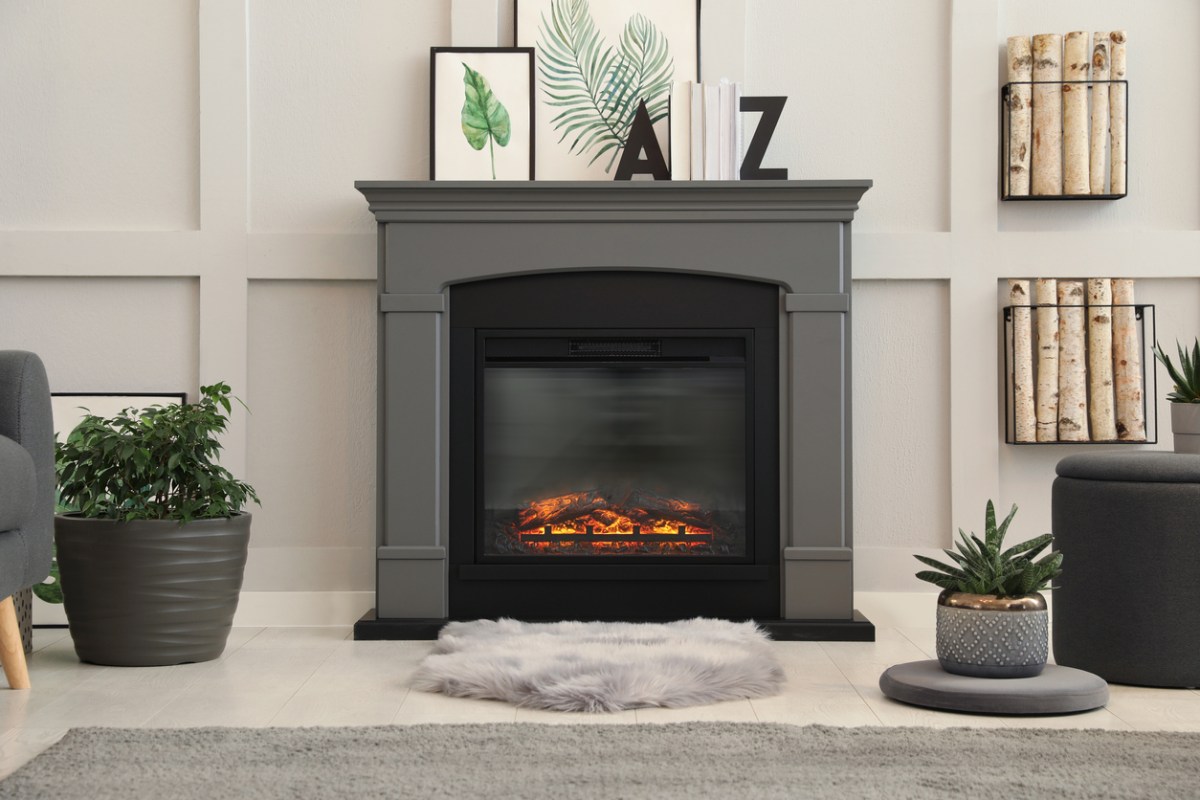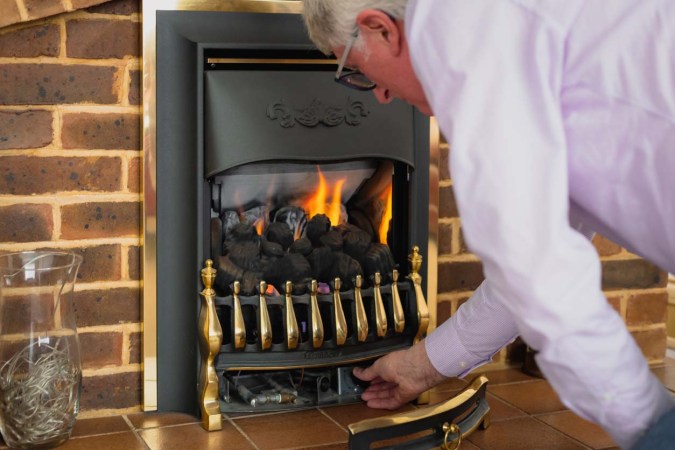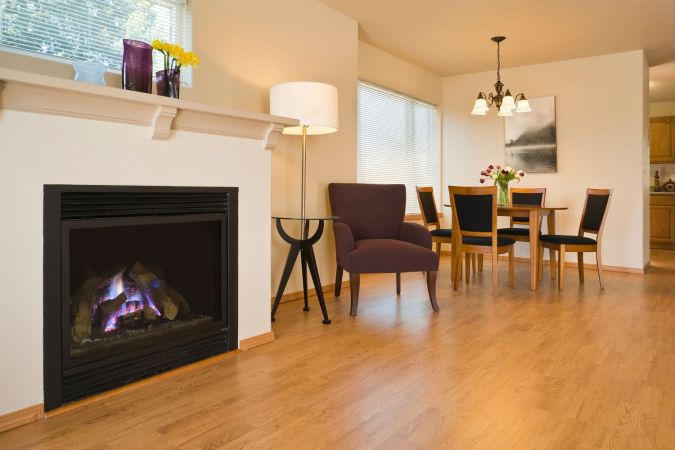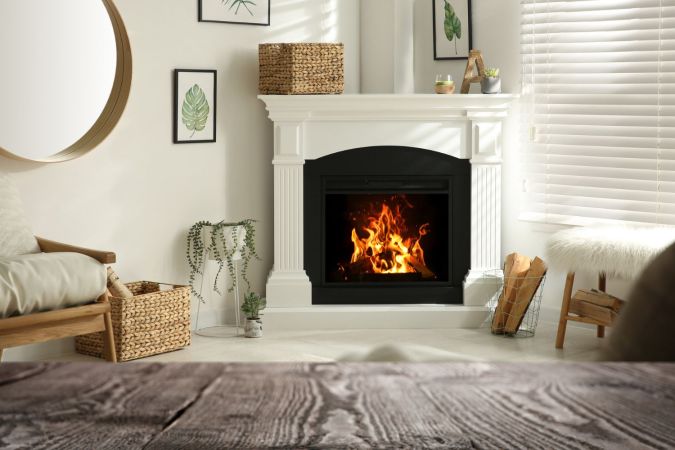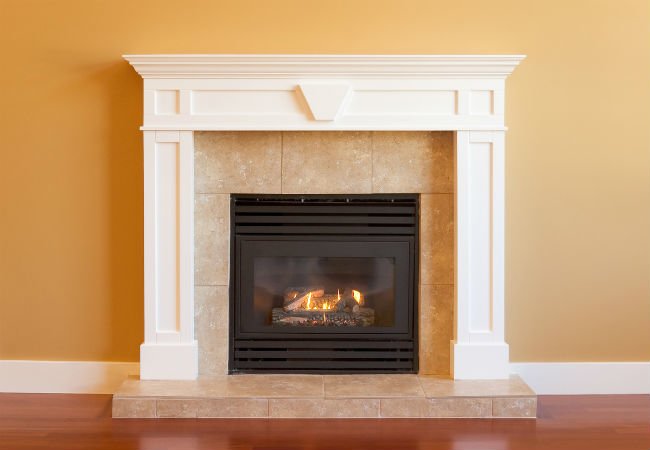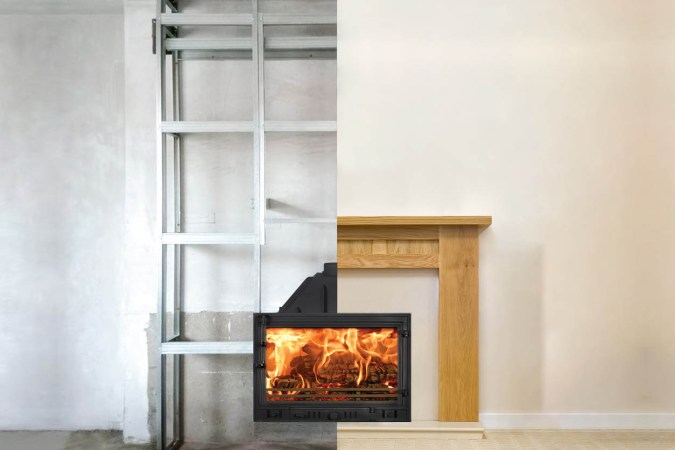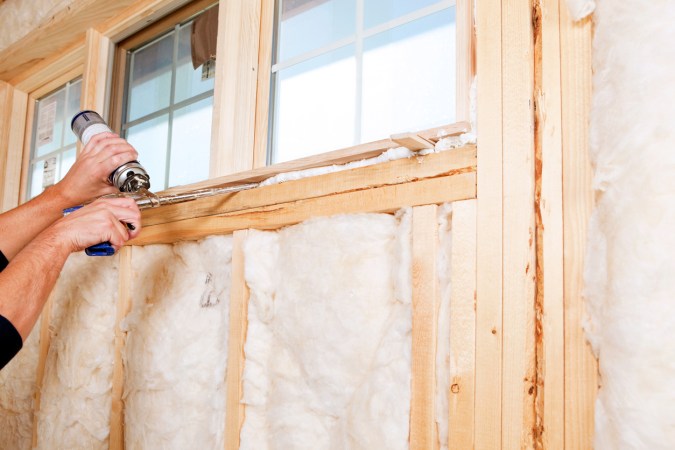We may earn revenue from the products available on this page and participate in affiliate programs. Learn More ›
Fire is one of the core natural elements that people are attracted to—in addition to water, earth, and air. Whether it be the crackling sound, mesmerizing flicker of flames, or warmth they provide, many people love the cozy and soothing ambiance of fireplaces.
While older homes typically have traditional wood-burning fireplaces, new construction homes often have gas or electric fireplaces instead since they are less expensive to install, cleaner, easier to maintain, and more efficient.
Some homeowners are even converting wood-burning fire features to gas or electric. This change can increase the value of a home and make it more appealing. When deciding whether to install a gas or electric fireplace, take into consideration the details that follow and be sure to consult with a professional, such as a National Fireplace Institute certified technician.
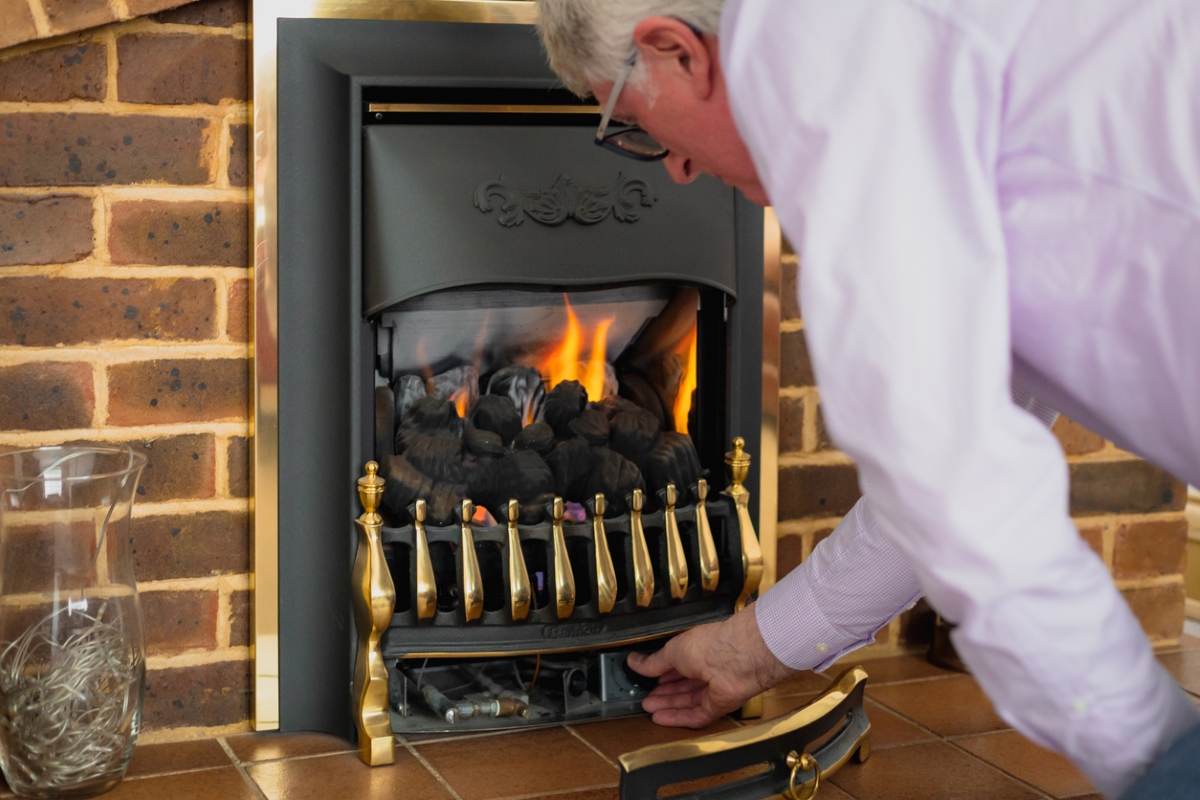
To operate a gas fireplace, you need a gas line or propane supply.
A gas-burning fireplace has a reputation for being much cleaner and more convenient than a traditional wood-burning fireplace for which the homeowner has to collect (and often chop) wood, deal with ash and soot removal, and manage any safety issues related to creosote buildup. With a gas-burning fireplace, heat can fill a room within seconds after pushing a button.
All types of gas fireplaces require a gas line or propane supply and there are three types of gas fireplaces: vented, ventless, and insert. Vented gas fireplaces are often the most affordable option and offer aesthetics beyond heat. Next, ventless gas fireplaces are attractive and provide adequate heat, but may trigger allergies and asthma symptoms. Finally, natural gas fireplace inserts come in a wide range of sizes and styles and can have features like thermostats and remote control.
For homeowners who need to install a gas line, it is important to hire an experienced contractor to do the job. However, several major cities across the country have already prohibited new natural gas-powered appliance installations for reasons related to climate change. Be sure to check with your local government to see if you are permitted to install a gas fireplace.
Our Recommendation: Napoleon Grandville VF36-2N 37″ Natural Gas Fireplace on Amazon for $1,540.
As the best overall pick on our guide to the best gas fireplace inserts, Napoleon’s Grandville is a large gas insert capable of producing 30,000 BTUs of heat, has no loss of heat through a vent or chimney, and an energy efficiency rating of 99 percent or better.
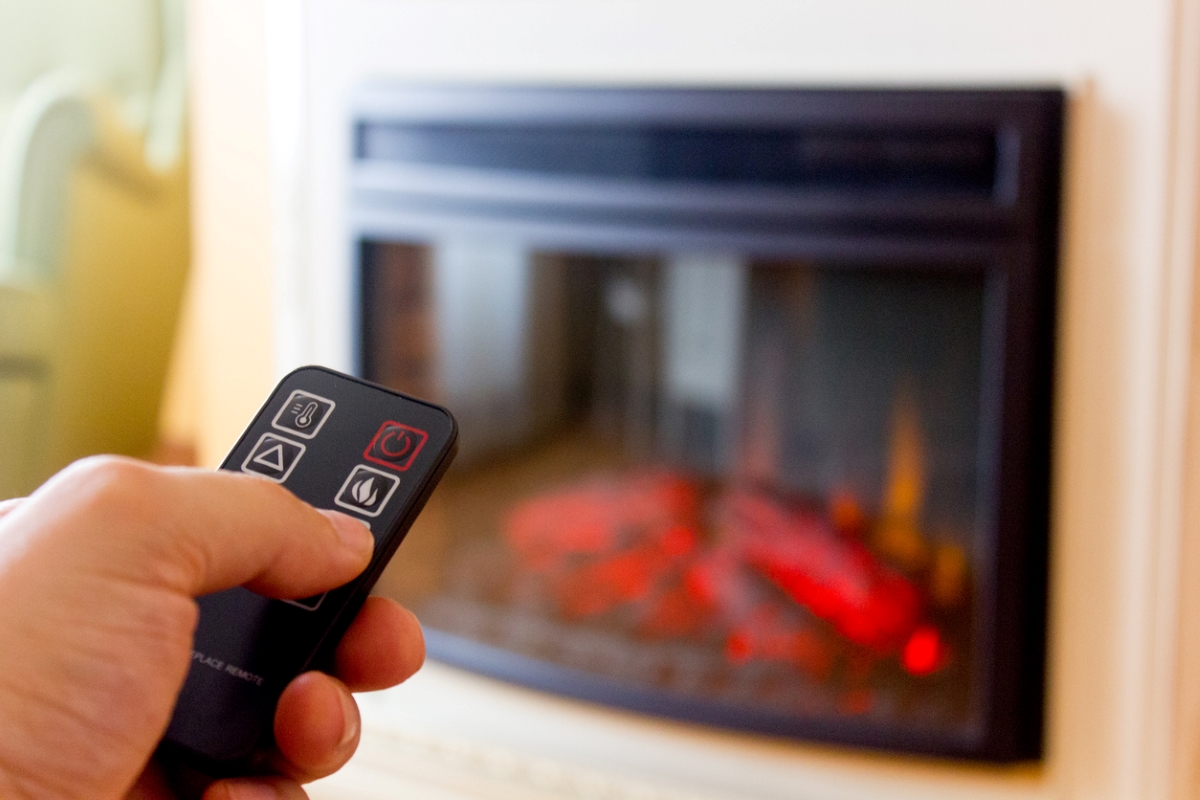
Electric fireplaces require a standard outlet for operation.
Electric fireplaces are becoming an increasingly popular home heating option as they offer a modern and decorative way to create a warm and inviting atmosphere in most any room. An electric indoor fireplace is a heating appliance that utilizes electricity to generate heat. They come in a variety of styles and sizes that can be mounted on the wall, recessed into the wall, or even built into furniture. Although they do not use actual fire, they create a realistic flame and typically come with features like adjustable heat settings, thermostat controls, and a remote control for convenience.
Electric fireplaces require a standard electric outlet to function, but homeowners may need to run a new line or dedicated circuit. The outlet will need to be 110V or 220V depending on the model. Installing an electric fireplace can be as simple as plugging it in, but might also entail adding a dedicated outlet next to the fireplace, cutting out an area for the fireplace, wiring the unit, and installing a mantel.
Our Recommendation: PuraFlame Klaus Electric Fireplace Insert at Amazon for $469.99.
This PuraFlame model is the top pick in our guide to the best electric fireplaces. The ventless electric fireplace heats up to 400 square feet with realistic glowing logs, dancing flames, and a snapping “fire,” and it comes with a convenient remote control.
Compared to wood-burning fireplaces, gas alternatives tend to have more aesthetic appeal than electric.
When it comes to choosing the most appealing fireplace, some users base the decision on the flames. Gas fireplaces are set up to replicate a wood-burning fireplace with an actual flame that emits heat. Electric fireplaces, however, project an image of a burning log and might have sound effects to mimic a crackling fire, but they are more artificial looking. Some do have controllable “flames” and temperature, which often makes them a better option for those living in warmer climates.
When electric fireplaces were first available, they looked fake, but modern technology has helped them appear much more realistic now. A hot trend is electric fireplaces that use water vapor and LED lights to produce a flame effect that looks like real fire without the mess, smell, or safety concerns of gas or wood fire features.
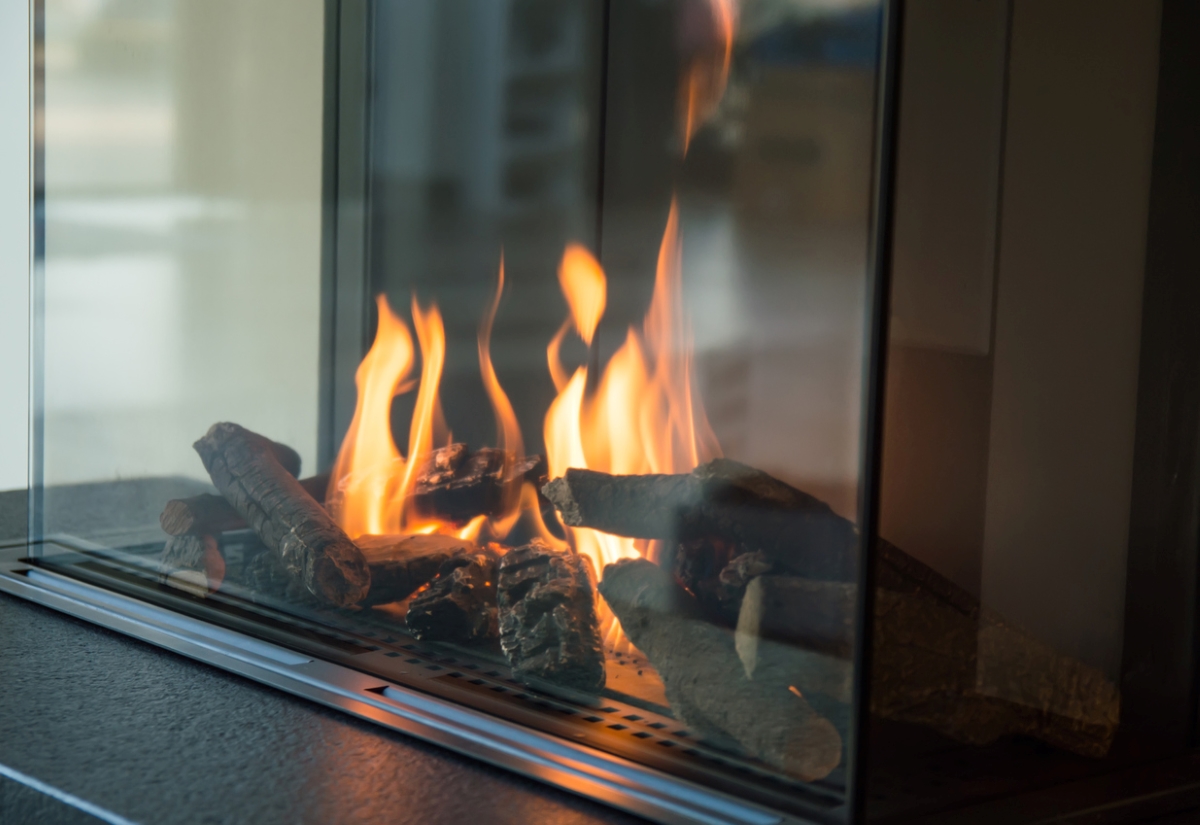
In general, gas fireplaces cost more to purchase and install than electric fireplaces.
Gas fireplaces are more expensive to purchase and install than electric fireplaces, but they typically cost less to run and offer significantly more warmth overall. Therefore, while an electric fireplace may be initially more affordable, a gas fireplace can possibly save money in the long run. For those homeowners who decide to convert a wood-burning fireplace, the gas fireplace cost can range from $500 to $5,000 for the project.
Gas fireplace units cost between $2,000 to $7,500, with prices depending on the specific style and features. It costs between $2,300 to $10,000 to have a gas fireplace professionally installed. Plus, there are expenses associated with running a gas fireplace, including the price of propane, natural gas, or ventless gas logs.
On the other hand, electric fireplaces range from $250 to $6,200 for both the unit and installation. Setting up an electric fireplace costs between $150 and $300 on average. Additional fees include the cost of electricity, wiring, and a dedicated 120-volt outlet near the fireplace.
Operating cost for both gas and electric fireplaces depends on local utility rates.
Both gas and electric fireplaces have relatively low operating costs, but it will depend on a number of factors including the model, the size, and the local cost of fuel. Gas tends to be more affordable than electricity, but gas fireplaces usually emit more heat energy (measured in BTUs) than electric fireplaces, making them pricier to run.
It costs between $50 and $80 a year to use an electric fireplace, considerably less than the annual cost for a gas fireplace, with costs ranging between $200 and $500 annually. Costs differ by geographic region and by variations in electric utility costs.
Homeowners can keep tabs on their energy bill costs to run their fireplace by monitoring their natural gas or electricity meter and utility bill. The basic unit of measure of electric power is kilowatt-hour (kWh). Natural gas is commonly measured by the cubic foot, and homeowners are billed by the thousands of cubic feet (MCF) or hundreds of cubic feet (CCF).
The national average cost of electricity is about 16 cents per kWh, while the national average cost of natural gas is $24.60 per thousand cubic feet. With propane, it will be two to three times that amount.
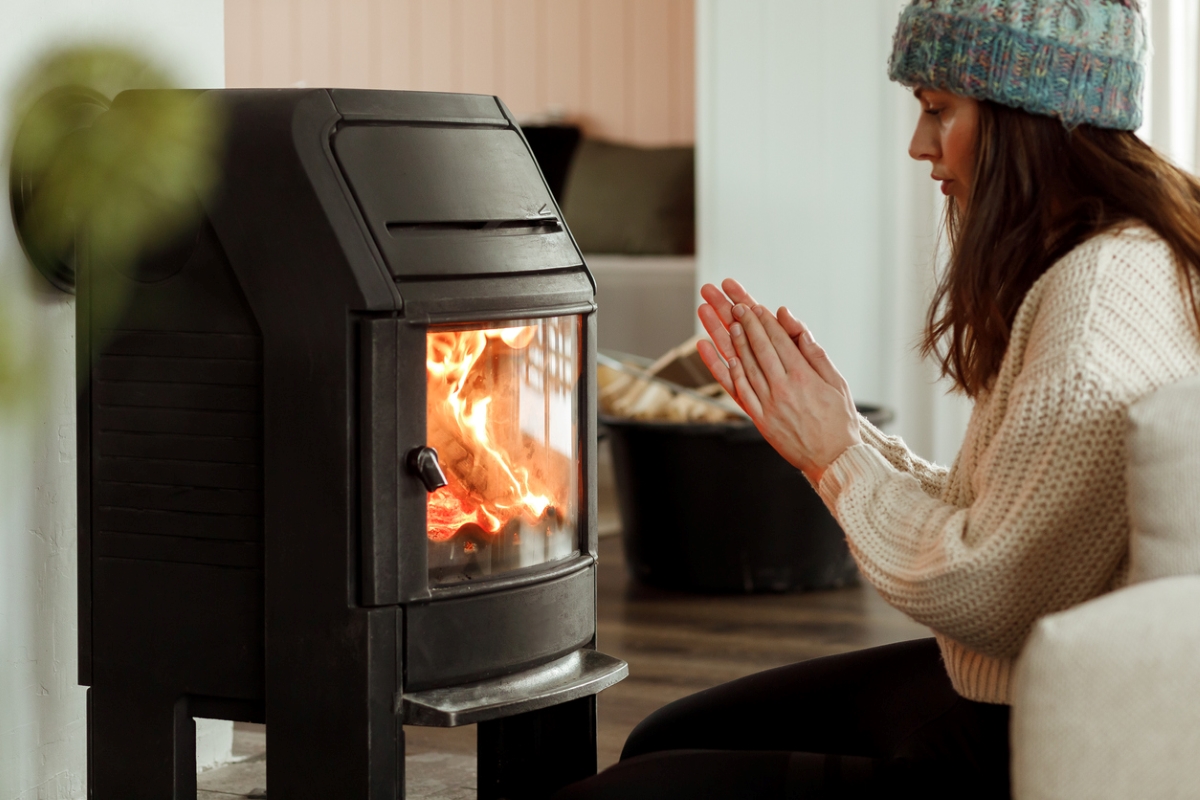
Gas fireplaces produce more heat, but electric fireplaces are more efficient in terms of energy conversion.
Gas fireplaces are more energy efficient than wood-burning fireplaces since they are clean-burning and convert energy to heat at around 70 to 90 percent efficiency. However, the energy efficiency of electric fireplaces is even more impressive for a number of reasons.
- Electric fireplaces generally do not waste energy since they convert nearly all electricity to heat.
- Electric fireplaces do not need to be vented, so all the heat stays in the room. Gas fireplaces must be vented outside, which results in some heat loss.
- Electric fireplaces use high-efficient LED light bulbs and can run without the heater turned on, which saves a lot of energy. Gas fireplaces burn natural gas to create a flame, which takes more energy.
Electric fireplaces are considered easier to maintain than their gas-powered counterparts.
Gas fireplaces require less daily cleaning than traditional wood-burning fireplaces but need more maintenance than electric fireplaces. Annually, gas units need to have routine safety and maintenance inspections done by a certified fireplace technician, and should be inspected to check for gas leaks and cleaned to get rid of dust, pet hair, debris, and other buildup around the fireplace. Be sure to clean the flue about once per year.
Electric fireplaces require little to no maintenance because they do not burn wood or gas, and they don’t require vents. The only maintenance needed for electric fireplaces is to replace bulbs and inspect wiring.
In terms of safety, electric fireplaces have fewer risks than gas fireplaces.
While gas fireplaces are safer than wood-burning ones, electric fireplaces tend to be even safer. However, precautions should be taken for any heating element in a home to prevent fire risk.
- Never leave the fireplace on all night (even an electric one), and keep flammable items away from the fireplace.
- Gas fireplaces produce noxious fumes like carbon monoxide that can be problematic if the fireplace is not installed or maintained properly. Although gas leaks are rare, it is important to check the fireplace since natural gas is highly flammable and long-term exposure can lead to health concerns. A tell-tale sign that something is wrong is a rotten egg smell coming from the fireplace.
- While electric fireplaces do not have the same risk of harmful emissions, an electrical fire can start if the wiring is damaged.
A number of factors can affect whether a fireplace will increase home insurance, but getting an inspection annually can help address this.
The prices listed here are accurate as of publication on January, 31, 2023.

